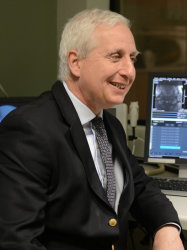BibTex format
@article{Wu:2021:10.3389/fphys.2021.709230,
author = {Wu, Y and Tang, Z and Li, B and Firmin, D and Yang, G},
doi = {10.3389/fphys.2021.709230},
journal = {Frontiers in Physiology},
pages = {1--23},
title = {Recent advances in fibrosis and scar segmentation from cardiac MRI: A state-of-the-art review and future perspectives},
url = {http://dx.doi.org/10.3389/fphys.2021.709230},
volume = {12},
year = {2021}
}

